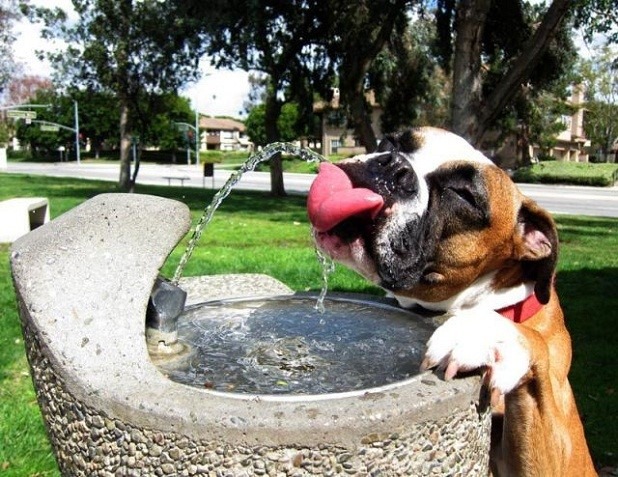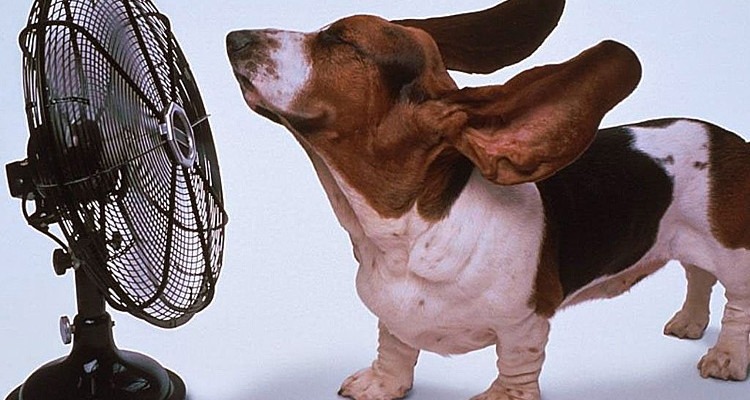We remind you that dogs cannot sweat like people and can only eliminate excess body temperature by breathing, a slower process, which in certain situations may not be effective, causing an increase in body temperature in our pet that may have fatal consequences.
Here we give you more information about heat stroke, how to recognize it and what we can do to avoid it.
Do all dogs have the same predisposition?
Any dog can suffer heat stroke, but there are dogs with more potential risk:
- The elderly.
- Those who are overweight.
- Those who suffer from cardiovascular diseases.
- Those who suffer from neurological and / or neuromuscular diseases.
- Those with thick layers of hair.
- Those with abnormalities in the respiratory tract: brachiocephalic breeds (Boxers, bulldogs, Carlists …).
What external causes can help trigger heat stroke?
- Lack of acclimatization and ventilation.
- Water deprivation.
- Confinement with lack of shade.
What are the symptoms?
- Salivation, panteig.
- Hot body.
- States of confusion, daze.
- Congestive gums and oral mucosa (very red) or even cyanotic (bluish).
- Increased heart rate.
- Vomiting, diarrhea.
What can be the consequences?
- Gastrointestinal ulcers.
- Inflammation of the respiratory tract.
- Brain, kidney, liver, lung damage.
- Coagulation disorders.
- Shock, multi-organ failure.
- Death.
What can we do in a case of heat stroke?
Try to lower the body temperature of our pet with water (not very cold).
In no case force the animal to drink if it does not want to or cannot do it voluntarily.
Go immediately to our center, if the means of transport is a car, put the air conditioning or lower the windows.
Depending on the clinical signs and the state of the animal at the time of admission, the veterinarian will decide what will be the most appropriate treatment.
Generally the treatment will be based on the stabilization of body temperature, fluid therapy, mucosa protectors, and may also require oxygen therapy, analytical controls, imaging tests and hospitalization.
What can we do at home to prevent heat stroke?
- Never leave our pet in the car.
- Do not make him exercise at high temperatures, go for a walk with our pet first thing in the morning and in the evening.
- Provide fresh water and leave it at its disposal.
- If we have it outside, provide shade.
- If we have it in a confined space it must be acclimatized and ventilated.
- Bathe, refresh and / or soak our animal, in very hot moments.

The staff of H.V.Animàlia hopes that this information was been useful and that you have had a good study with the company of your pets !!







